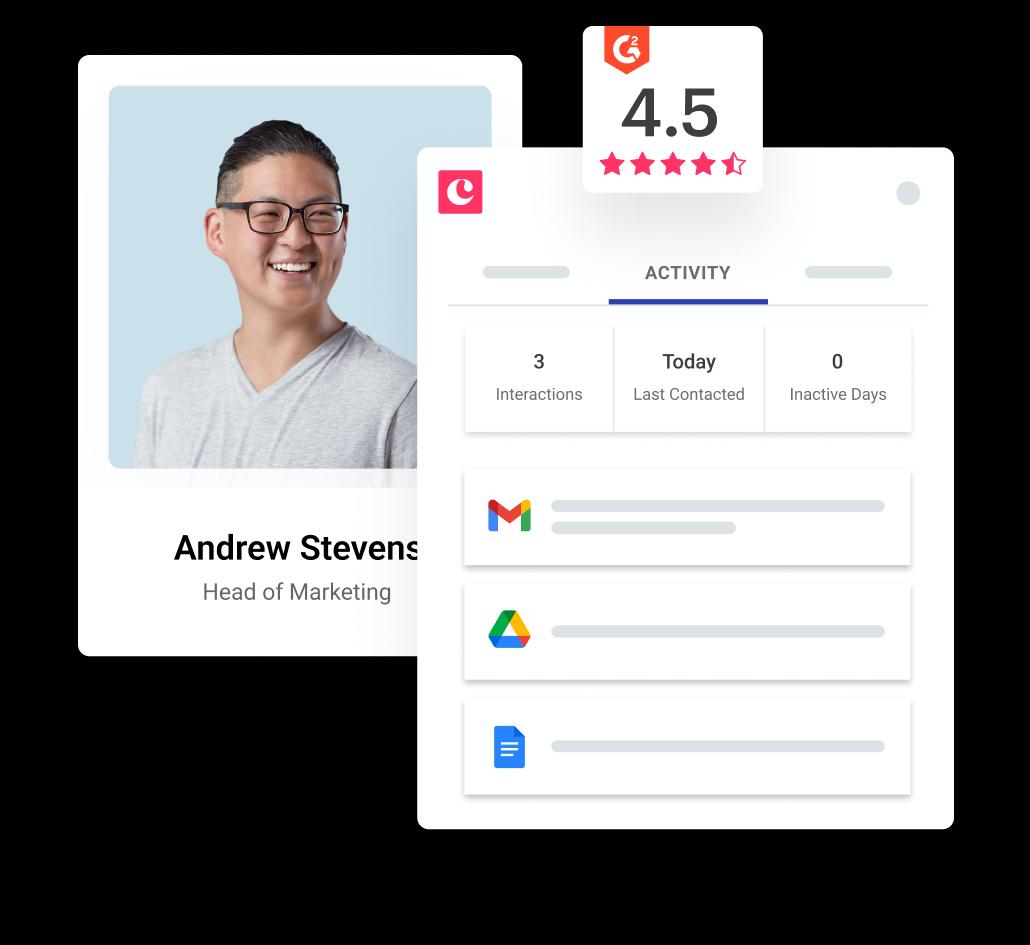
Loni Klara
More customers, increased volume of orders, and higher profit margins. If you’re looking to take your wholesale business to the next level, you’ll need to achieve all three.
But in order to do that, you need to switch up what you’re doing—you can’t expect to increase your sales all of a sudden if you keep doing the same thing.
That means coming up with strategies to keep your existing customers happy and coming back for more, attracting new customers to increase sales, and streamlining your process so you’re not spending a dime (or second) more than you need to on your business.
So let’s get straight to it. Below we’ll show you what you can start doing today to get your sales numbers climbing.
How to make yourself attractive to retailers (and land more customers):
The surest way to increase sales is to gain new customers. And the only way to get the attention of a retailer is to give them an attractive product. Here’s what stockists want from wholesalers:
- A great product that will sell in their stores
- Appealing bulk discounts that give them maximum profit
- An easy ordering and delivery process they can count on
Sure, there’s probably even more that stockists and retailers want, but these are the basics. We’re going to assume you’re already producing quality products. Now, you’ve got to make them attractive to retailers—otherwise, you won’t land your stockists.
Build a visual portfolio.
Our brain works in weird ways–while we won’t spend two minutes reading a well-crafted sales pitch, we’ll eagerly look up a picture or video of a product.
According to research from UCSD, emotive images can affect our behavior while similarly emotive words don’t move us. When you’re selling a product, a picture really is worth a thousand words. But if that’s the case, you better make sure the picture is good.
These two photos are a good example of the power of imagery.
Which product is more appealing?
Chances are, the retailer you’re targeting will be introduced to your product first through a photo. Whether you send them a cold email or they discover your products on a website, this is your chance to make a great first impression.
When Weebly launched a photo studio to help companies take professional product photos, some of their customers saw an 80% increase in sales after using the service. That’s how much of a difference a good photo can make.
Though you can always offer to send samples to retailers you want to attract, having a good visual website that clearly displays your best products makes sure that you won’t miss out on customers who come across your company online.
Check out your competition.
One of the best ways to boost your sales is to check out what the competition is doing. Take your industry, product, or market, and look at other wholesalers you want to imitate. What are they doing well?
Or better yet, walk into some retail locations you want to target and see what kind of products they’re carrying. Pay attention to the pricing as well. Assuming that retailers tend to mark up their prices by 50%, this will give you an approximate idea of a competitive wholesale price for your products.
The idea here is not to simply copy your competition. Rather, researching what they’re doing right will put you on the path to learning about and improving your own product. You can even ask your customers why they’ve switched to you, or why they’re switching to someone else.
Pro-tip: Learn how to make managing wholesale relationships easier using a CRM.
By offering pricing and services that are on par with your competition, you’ll make yourself an attractive option for retailers. Knowing what they’re already willing to pay for allows you to surpass their expectations and even beat your competitors.
Make yourself a viable alternative in their eyes. No, scratch that—let them know you’re the better choice in every way.
Streamline the wholesale process (and increase efficiency).
Attracting new customers is great, but streamlining the process on your end is even better
Why?
The more efficient your process, the easier it becomes to handle new customers when they come. Plus, streamlining naturally leads to hours and dollars saved—this generates more profits for you even without increasing sales.
On the retailer side, an efficient wholesaler is trustworthy and cost-effective. Doing business becomes easy—choosing products to order, placing an order, receiving the product on time, and reordering, everything is smooth and cohesive.
Make technology work for you.
If you want to scale your wholesale business, consider a technological upgrade. Wholesale eCommerce platforms like Shopify can increase your capacity for sales and bring your business to even more customers.
After Laird Superfood migrated to an eCommerce platform, their customers could place orders at any time, instead of only during early morning hours—the only free time they had to make calls and fill out forms before tending to their shops.
Laird’s Shopify store - Source
As a result, their business doubled and sales grew 15% month-to-month. They also predict that wholesale will account for 75% of their business within two years, up from 25%.
Using an eCommerce solution saves you a lot of labor by:
- Allowing customers to place orders at their convenience without having to go through a sales rep via phone or email
- Giving customers access to their previous order history so they can reorder with the click of a button
- Providing order tracking online, eliminating the need for manual follow-ups and updates
It’s also easy to find software integrations for your favorite tools so that your eCommerce platform, email suite, and CRM are linked.
Relying on manpower alone has its limits. Using technological solutions allows you to scale your business and operate at the same or faster speed so that you can both attract and handle more sales.
Make your order forms crystal clear.
Somewhere along the ordering process, you’ll need to communicate any offers and policies to your customer. Anticipate the questions that’ll come up and state them clearly on your order form or website.
Think about the types of customers you have, and the information they’ll need to place an order:
- New customers: What’s the minimum order? Do you have a policy for returns? Are there any special first-time offers? Who pays for shipping?
- Loyal customers: Are there any offers for new products? Discounts based on how many orders they’ve placed before? Free or expedited shipping deals?
Designing a clear and simple order form can help you minimize confusion. If you do have a special offer, be sure to state it front and center to give customers an incentive right away.
Here are a couple of design tricks to create an elegant sales order form.
1. Use images.
Image-based order forms are more engaging than text-based ones. This is also a good way to display your best products and show your customers new products they might be interested in.
Here's an example Venture Harbour found:
An example of using visuals to represent abstract products
2. Keep it short.
Faced with a long, complicated form, customers might get turned off. Keep your order forms nice and short with only the bare essentials. Typically, people start to drop off after 7-8 minutes on a form.
This isn’t important for just first-time customers, but existing ones too who don’t want to face a lengthy process every time they want to place an order.
How to handle wholesale pricing and deals (and earn customer loyalty):
Pricing is probably the most important part of running a wholesale business. Not only do you have to offer an attractive, competitive price for retailers, but you also need to make sure you’re not pricing items too low for you to make a profit.
Don’t sell yourself short.
If your products are of premium quality, offering the same wholesale prices as other products in the market of lower quality is not a good strategy.
Don’t just stick to the 50/50 rule when it comes to retail vs wholesale pricing. Offering a 50% discount on your wholesale prices might work at first, but it won’t bring you much profit in the long run.
Instead, think about how you want to market your products to retailers.
Research shows that people are willing to pay more if it means a better experience or quality. A report by the reputation management company Podium found that 68% of consumers will pay 15% more for a better experience.
If you want to target quality retailers, use this to your advantage. Some products are just worth more—and leveraging the quality of your product can benefit your wholesale business by increasing profit margins.
Another thing to consider is sustainability. If you’re targeting retailers who sell primarily to millennials, this becomes even more important.
When Nielsen polled consumers across 60 countries, it discovered that 66% of buyers overall are willing to pay more for sustainable goods. But 73% of millennials say they’re willing to put up more money for sustainability.
Consumers today are more socially conscious than ever, and many do their research on the sustainability of products before they purchase. Consider whether your products are locally produced or good for the environment. Include these factors in your sales pitch to retailers who’ll want to put that information upfront for their customers.
Offer free shipping and products whenever you can.
It turns out that free is better than discounts, even though the actual cost savings are the same.
Researchers at the University of Minnesota’s Carlson School of Management found that buyers favor getting free goods to getting something at a cheaper price.
The reason behind this? Most people either aren’t good at math—or aren’t willing to do the math on discounts.
As a wholesaler, you’re already offering plenty of discounts on your pricing. So, find ways to offer free products or services for your customers.
Got a new product? Give them free samples. Want increased order volume? Offer free shipping.
When you’re buying something, free means you don’t have to pay. But if an item is on discount, it means you’ll pay X amount less for it. The former is more attractive because it’s simple and straightforward. That’s true even if the money you save is equal for both options.
For wholesalers, nothing’s more enticing than free shipping. According to Statista, the number one reason shoppers abandon their carts is because of shipping. At 63%, this trumps other factors like shipping time and inconveniences like re-entering information:
So if you can find a way to offer free shipping—whether based on order volume, sales season, or customer loyalty—use it to get more orders from retailers.
The key to getting more wholesale sales is...
There are many different tricks you can use to increase your sales. Strategies can be as simple as shortening the ordering process or as complex as researching your competition to learn from their successes and mistakes.
But what all these tips have in common is that you’re tapping into what your customers find attractive. It’s less about being the cheapest or fastest option and more about your value proposition.
Ultimately, customers need to know that they’re paying for something that’s worth their time and money. So what is it that you’re really offering them? Is it a quality product? Great service? Irresistible deals? A seamless experience?
Improving your business on these different fronts will help increase sales and land you more wholesale customers. Learn more about how to manage wholesale relationships here.










